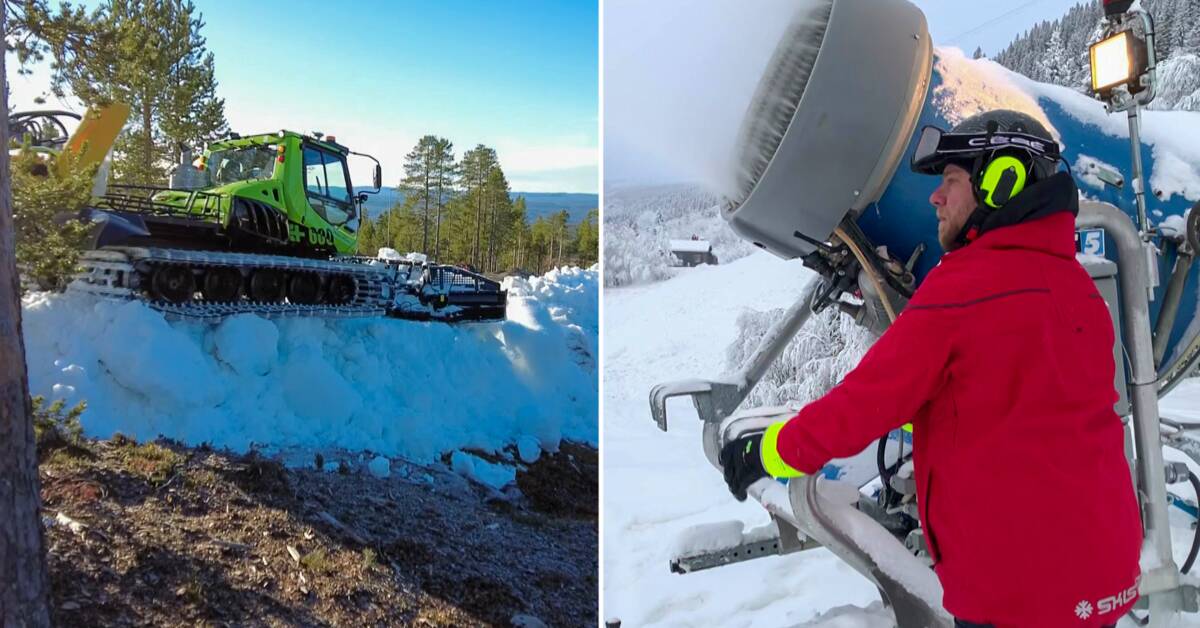- We will have to lay more artificial snow in the future and supplement during the season, states Niclas Sjögren-Berg, operational director at Skistar, which runs the largest ski facilities in Sweden.
The snow situation has meant that, in principle, all major alpine facilities and many cross-country skiing facilities now lay out artificial snow in order to ensure safe skiing.
Since the 1990s, the number of days with snow has decreased significantly, mostly in the southern parts of the country but also in Norrland, shows a compilation by SMHI.
- The snow season has become several weeks shorter since the 90s, says Erik Kjellström, professor of climatology at SMHI and believes that the development will continue until we bring down the carbon dioxide content in the atmosphere.
The facilities use a new method
Snow cannons have long been used to spray artificial snow, but climate change has forced ski resorts to other measures.
Several facilities across the country now store snow from one season to the next in large piles under sawdust.
It is true that some melts, but about 70 percent of the snow remains and can be laid out again, which means that much of the skiing takes place on last year's snow.
- We have laid out about 5,800 cubic meters of snow, says Pessi Liukkonen, who works with snow laying on Södra berget in Sundsvall.
Nature can be affected by manufacturing
When the climate changes and winters become milder, more energy-intensive snowmaking is now also required, while nature and the environment can be affected when water is pumped out to slopes and tracks.
- I want to go skiing, says Lars Ritzén, who notes that even snowmaking affects the environment and perhaps even the climate, but despite everything is satisfied that there is snow to ski on in the tracks on Södra berget in Sundsvall.

